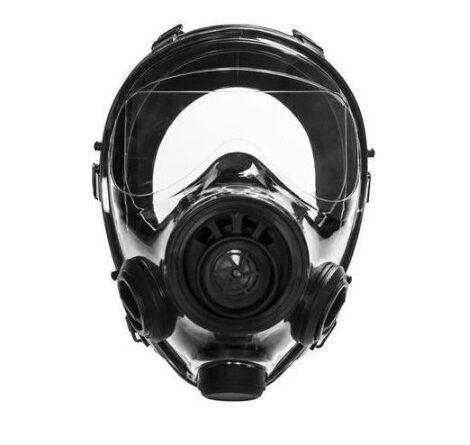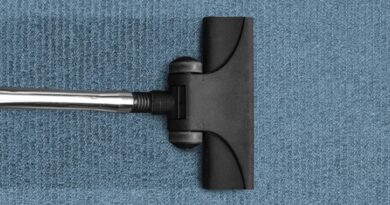Respirator Vs. Gas Mask: Key Differences You Should Know
Respirator and Gas masks are one of the most popular tools for survival. They are widely used in places where it is difficult to breathe. But, have you ever thought if they work almost similarly, why are they named differently? Besides, they are even built differently.
So, there are many reasons they are different. If you are using these devices, have you ever questioned why these similar functioning items are named differently? There are many reasons, and although the functions are quite similar, they do have different uses! If you want to know how they function, stick to the end of this article to know.
What are Respirator?
A respirator is a device that resembles a mask and is typically made of gauze. It is worn over the mouth or nose and mouth to stop inhalation of poisonous gases or other similar things. When helping people and patients, medical staff wear respirators to filter out virus particles as they breathe in and prevent COVID-19 infection.
The N95 respirators are especially advised for use by medical personnel by the CDC. Compared to standard medical or surgical masks, this respirator style fits more snugly around the mouth and nose. In addition, a different kind of respirator is referred to as a PAPR, or Powered Air-Purifying Respirator, which covers the entire head and filters air using a blower is more suitable for healthcare people.
What are Gas mask?
In order to shield the face from dangerous or harmful gases and chemicals, one can wear a gas mask. Your face will be almost entirely covered by this mask, which combines a face piece or masks with a filter or cartridge device.
The majority of gas masks use activated carbon or charcoal as a filtering method. Still, charcoal only filters out specific compounds, and once it is full, it starts releasing the toxins it has previously trapped.
The duration for effectiveness per filter is difficult to estimate, especially when exposed to a hazardous environment, as gas masks are only functional when used with the appropriate cartridge or filter for a chemical substance. It also requires more filter replacements.
How Gas Mask are Different from Respirator
For one thing, respirators are more widely available than gas masks. Moreover, finding a gas mask with the same level of protection as the ones worn by high-ranking officials is challenging.
- Respirators are less effective than gas masks at protecting against poisons. However, they are made with the greatest materials and quality, making them ideal for toxic gases and other airborne pollutants. Although less effective, respirators nevertheless offer some level of security. Most big-box retailers have online storefronts where you can buy respirators.
- For tasks around the house like painting and weed-eating, respirators are needed. In these circumstances, using a gas mask is unnecessary because you can get a respirator for less money. Additionally, respirators occasionally improve your ability to see and breathe compared to gas masks.
- Respirators often just cover the bottom half of your face, but gas masks cover the entire face. A respirator is made to safeguard your mouth and nose as well as your ability to breathe. On the other hand, a gas mask is designed to keep poisons out of your eyes, ears, and occasionally even your hair.
- Using gas masks in public is also prohibited in some countries since they obscure your identity from law enforcement (see legislation by country, state, county, city, etc.). In addition, you can encounter opposition if you try to wear them in offices like banks or courts.
Whether you choose a respirator or a gas mask is an entirely personal decision. But better choose them based on how you plan to use them. You can get masks and respirators for sale from online defense suppliers.



